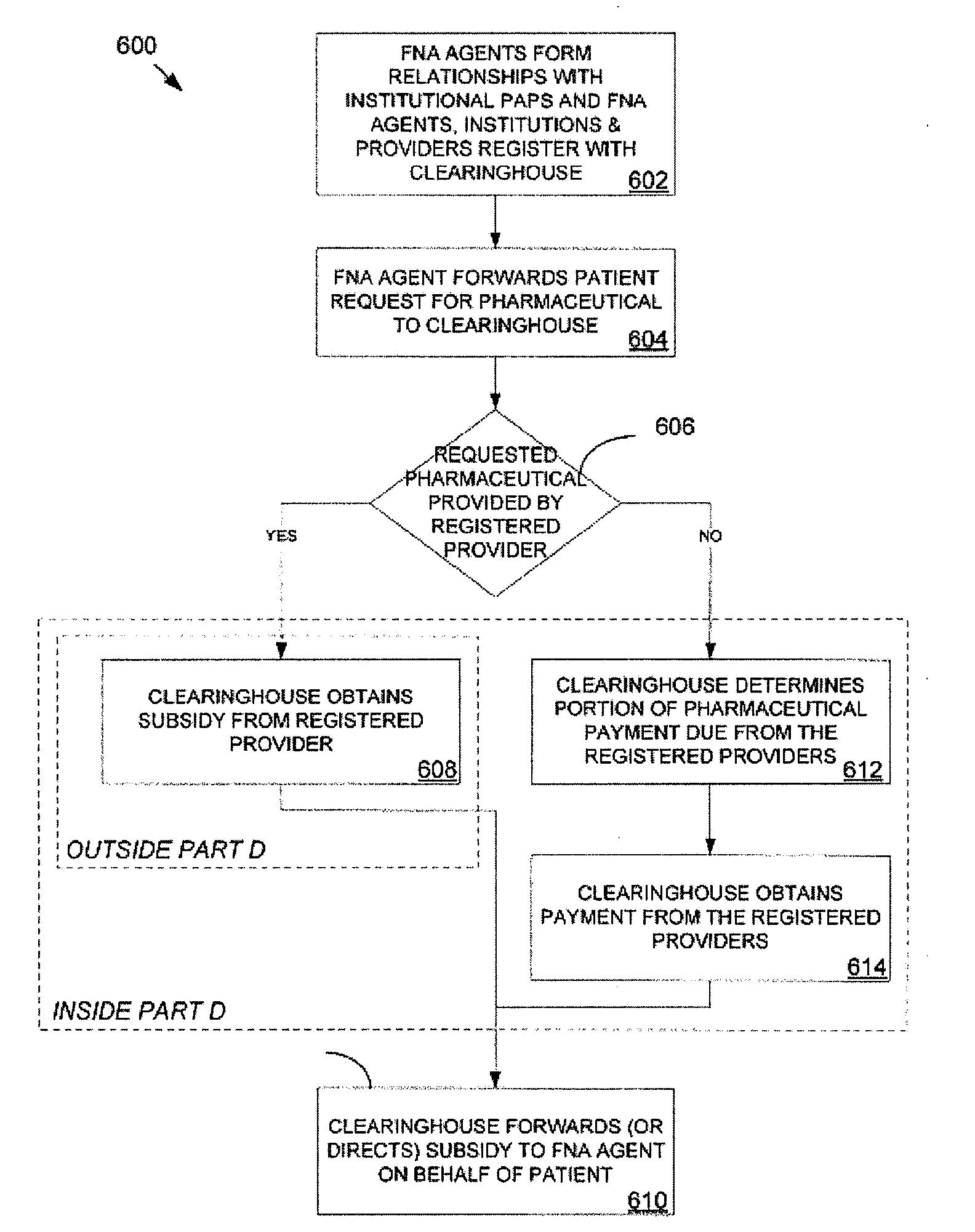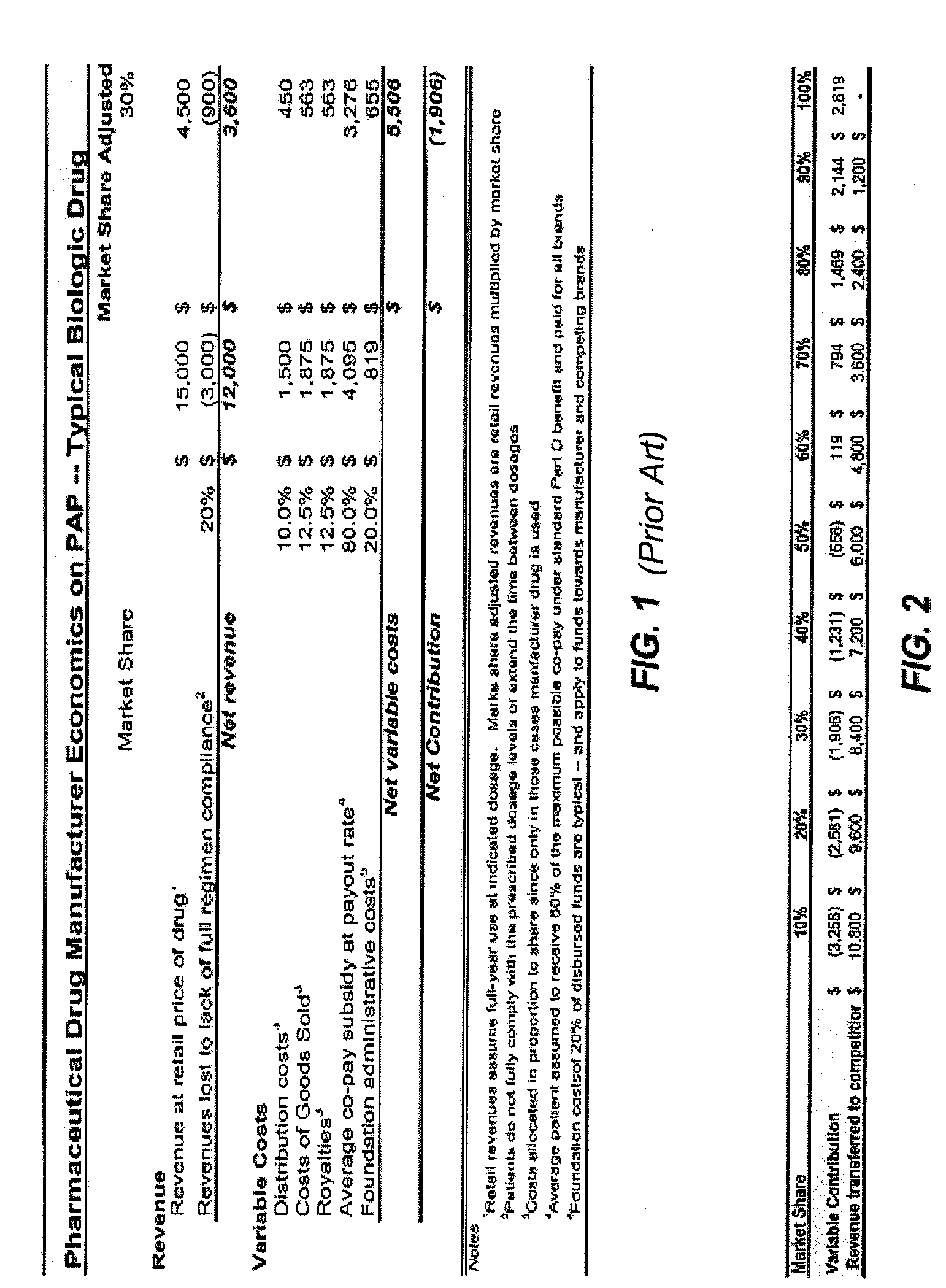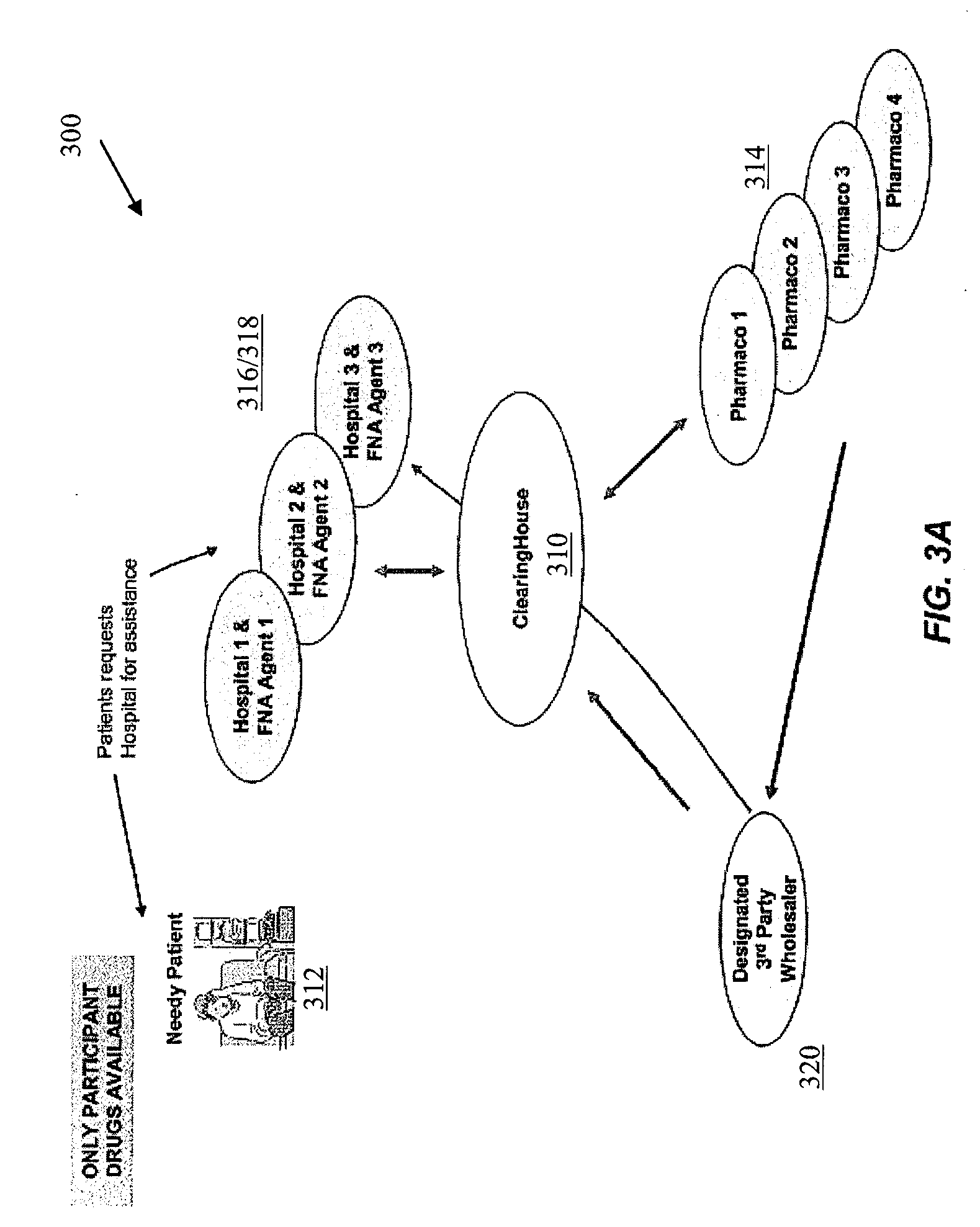For patients on high cost drugs, the co-pay and premium can exceed $4,000 per year, which for
lower income families can represent a life-transforming burden (the average US household has about $45,000 of annual income spread across 2.6 family members).
However, given the design of the Part D program and the associated high co-pays, many of these patients will be underinsured and still unable to afford their medications.
These programs potentially implicate the Federal anti-kickback statute if the free drugs are given to a recipient that is in a position to generate Federal healthcare program business for the donor manufacturer.
Product contributions (in lieu of cash), while eligible for TrOOP (patient's True Out Of Pocket Costs or co-pay) per CMS, are problematic since they can create a direct correlation between the donation and the use of the product, particularly if that one brand is the only option offered by the charity.
As a means of helping Medicare Part D enrollees meet their
cost sharing obligations and operate “inside of Part D”, institutional PAPs are problematic.
Institutional PAPs create the same heightened risk of violating the anti-kickback statute as traditional PAPs because they create an incentive for a
safety net provider to steer Part D enrollees towards the sponsoring pharmaceutical provider's products.
In addition, the PAPs can create compliance risks if the pharmaceutical providers are offered an inducement to have their products included in the foundation's
formulary.
As a means of helping uninsured patients with
free drug, operating “outside of Part D”, whereby patients may not apply any value of the
free drug towards their TrOOP or cost-sharing obligations, the institutional
bulk drug programs also face challenges.
This is because the institutional programs cannot award assistance without regard to the providers or suppliers used by the enrollee, since the drugs available are from only manufacturers that voluntarily participate in providing free drugs to the hospital.
The allowed independent charity or foundation model has not been adapted for institutions in any significant manner for use with either inside or outside of Part D models and thus does not help institutions in their efforts to aid the underinsured.
Further, while the independent charity model offers many benefits and helps to address a number of concerns around the Civil Monetary Provisions and the Anti-Kickback statutes, over the few years, a number of limitations of this model have become evident.
While many pharmaceutical companies are prepared to let generics compete on equal footing relative to assistance, they are unwilling to fund other direct competitors that offer drugs no different from theirs relative to price or
efficacy: In fact, as shown in the following analysis, unless a manufacturer were certain that each player in the industry was doing its share, not only is the cost of assistance high but, worse, the benefits can accrue to their arch enemy or to free riders.
In other cases, it dissuades many pharmaceutical companies from stepping up their contributions to support the underinsured.
Conversely, new market entrants, that by definition have low share, face the highest penalties in participating in foundation based programs to assist the underinsured.
The separation between the foundation and the
drug manufacturer is not robust since the economic interests of the foundations and the donor are nearly completely aligned: The
primary source of funding for most of the current foundations is a single pharmaceutical company per
disease state.
However, as discussed above, the pharmaceutical companies would be unwilling to contribute without some level of assurance that the majority, though not necessarily all of their funding, is going towards their own drugs.
Further, there is no oversight mechanism over the foundations to ensure that no gaming goes on.
Poor patient experience, inefficiency and hence added cost in the
system: Currently, it makes sense for a patient to apply to as many foundations as possible (in some cases as many as three to seven) since she cannot be sure which ones actually have funds, will approve her application, and for what amount.
For elderly patients, already burdened by the complexity of Part D plan choices, this is yet another daunting challenge.
Finally, since multiple foundations are
processing applications independently for each patient, there are needless costs to the
system as a whole, which ultimately detracts funds available for patients.
As each foundation has its own eligibility criteria and
latitude in assistance determination, and there is no
standardization or audits, it is hard to tell how rampant this problem is.
This can inadvertently remove the co-pay pressure on the patient and make them indifferent to even high
treatment costs.
For every branded manufacturer they end up subsidizing, the needed sales of their own
generic drug will be impossibly high.
 Login to View More
Login to View More  Login to View More
Login to View More 


